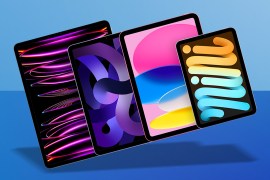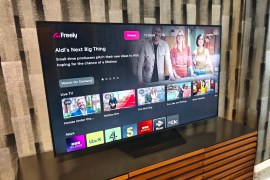Everything you need to know about smartphone displays
Learn what matters (and doesn’t) to the naked eye
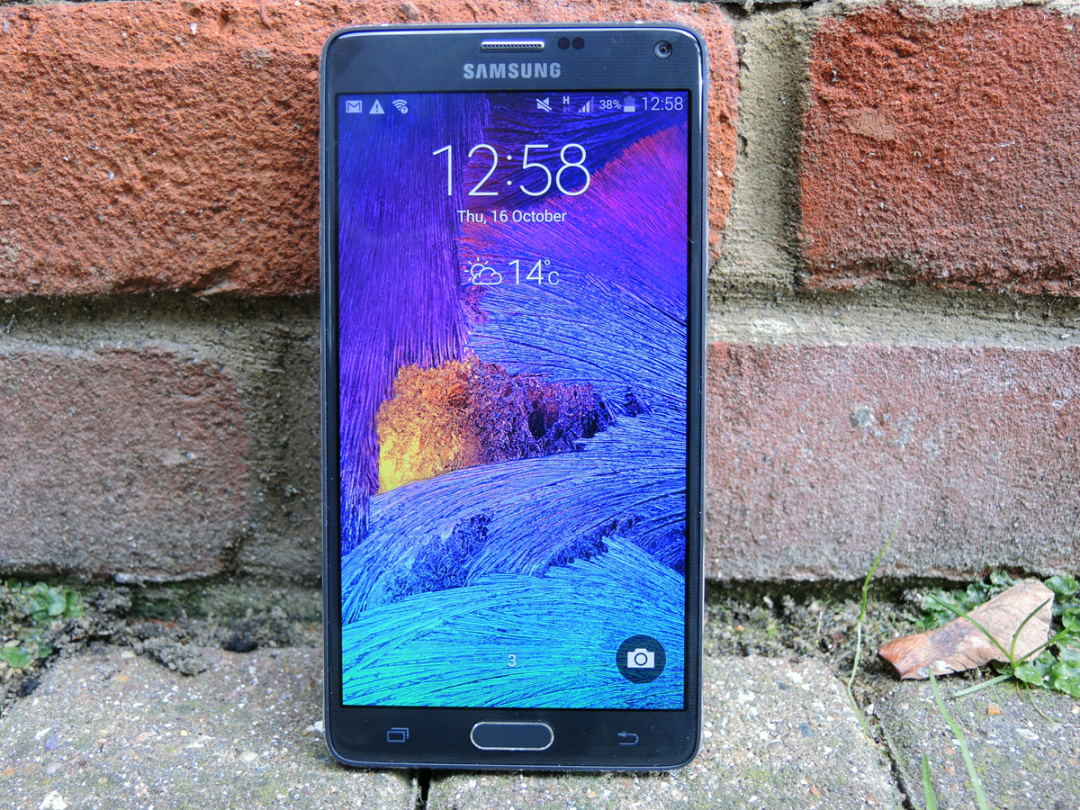
Bigger is better. It’s all about the size. At least that’s the conventional wisdom when it comes to smartphone displays.
That’s hardly surprising given that these days a smartphone is pretty much just a slab of display with a tiny bezel around it. But there’s more to a screen than just being big. A lot more. So knowing a few facts about how displays work, and how to get the best out of them, is pretty darn important.
So whether you want to give a full HD movie the best chance to shine or are desperate to check out every last detail in your Instagram feed, this guide is a must. Consider it your Smartphone 101: Introduction to Displays course.
PPI matters
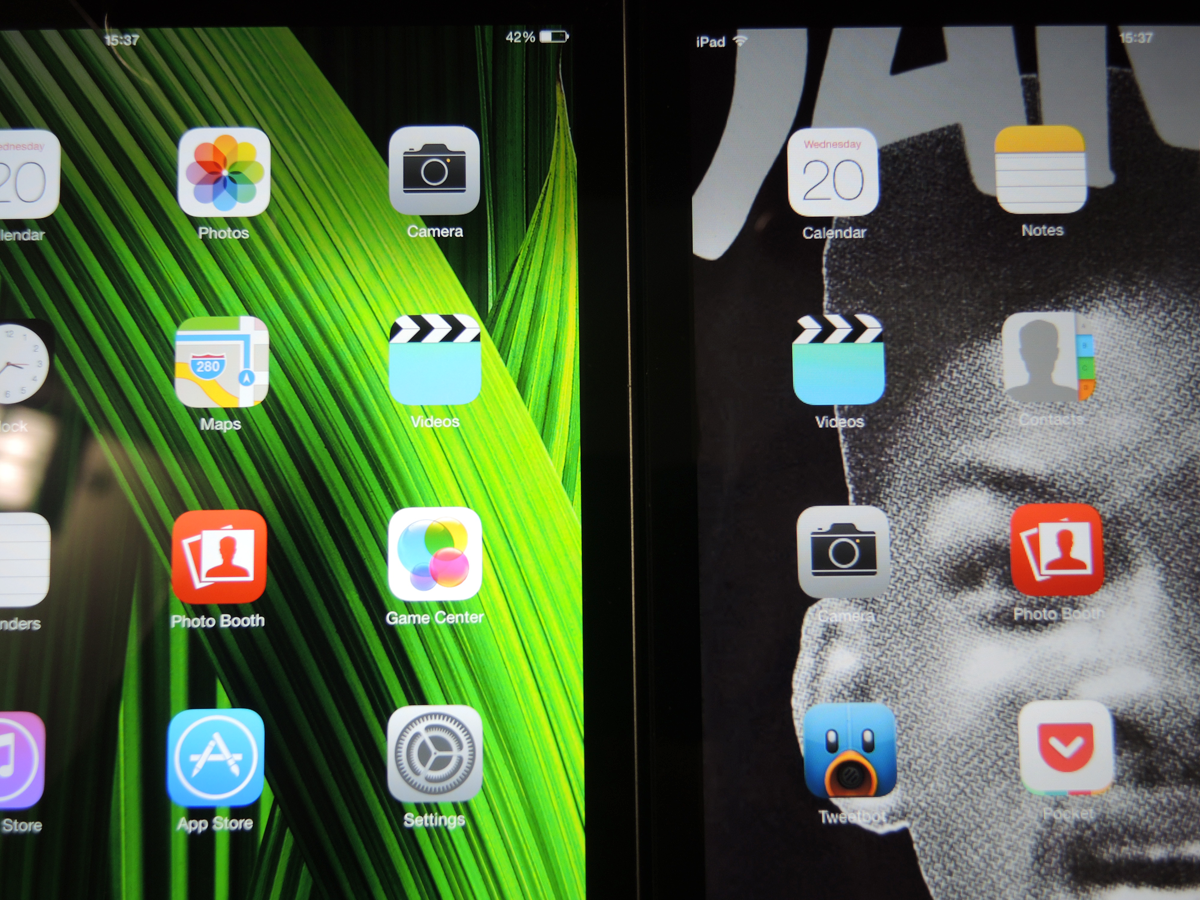
You see, the naked human eye isn’t perfect – especially if you’re old enough to have subjected your eyes to too many late-night Destiny marathons.
A person with perfect eyesight is said to be able to see up to 876 PPI with a display that’s four inches away (and also the closest the human eye can get to focus). Anything above 300 PPI will probably suffice, but the best you’d ever need for a smartphone display is probably a max of 720 PPI.
Ultimately, it’s not about the numbers but rather the experience. So always try a few smartphones out for yourself before buying and see which looks best. More often than not, the only way you’re going to note the difference in resolution is by holding two smartphones side by side.
Different types of displays for different purposes
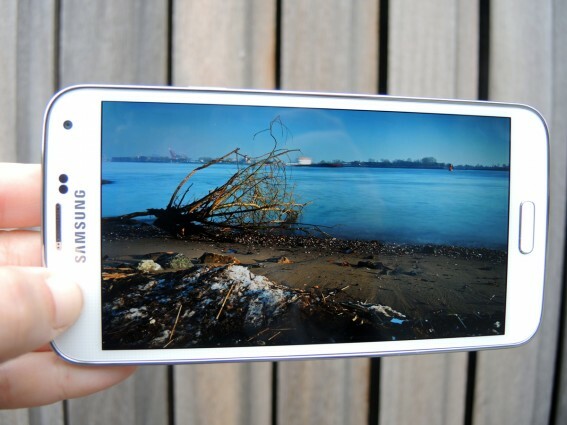
OLED, AMOLED, Super AMOLED, LCD, IPS LCD – who can keep track of them all? We know it might sound confusing, but really there are only a few things you need to know.
LCD stands for liquid crystal display. IPS LCD displays are what you get in your high-end smartphones and they provide better viewing angles, drink up less battery juice, and provide greater visibility in sunlight as compared to TFT LCD displays.
As for OLED (organic light emitting diode) displays, they save battery life as they do not require a backlight panel and also provide better visibility under direct sunlight due to the better contrast. But they also get old with time, resulting in duller displays.
Fortunately, that’s not an issue for most Stuff readers: chances are you’ll have changed your phone before the screen ageing sets in anyway.
Curved displays are not a gimmick
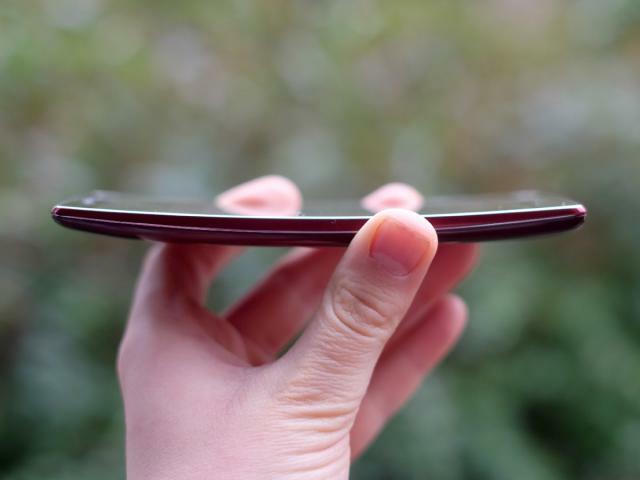
Curved screens might sound like the latest sales ploy by tech companies, but for once this is no gimmick: there’s actual truth behind the claims that a curved display is a helpful feature. Wipe away that look of shock and distrust.
The curve provides a better viewing angle, as reflections and distortion are reduced, even if they’re not completely removed. Also, considering that we aren’t mutants, our eyes are spherical. Thus, as you’d expect, they fare better when a curved display emits light that falls squarely on to our curved eyeballs. Well, not ‘squarely’ exactly. You know what we mean.
Plus (and this isn’t really related to your vision), a smartphone larger than 5.5 inches is likely to wind up having its microphone too far away from the user’s mouth. Think of what a gentle curve can do – crystal-clear conversation since you’re now speaking directly into the microphone.
Shield your display panel from direct sunlight
It sounds like common sense – never, ever expose your smartphone to direct sunlight. But why, you ask?
Your smartphone’s display panel could possibly be damaged by prolonged exposure to direct sunlight. It won’t happen quickly, but when you notice the display panel showing signs of wear, it will be too late and costly to repair. Prevention is better than cure. So, if you really have nothing to shield it from the sun’s rays, you should turn your smartphone face down.
Don’t keep the display on for too long
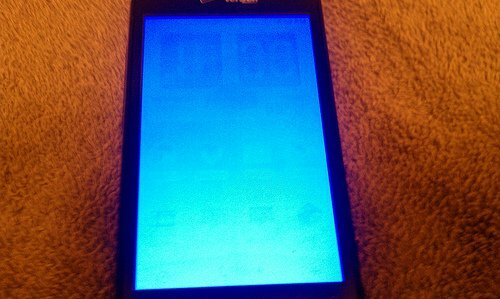
When you leave your gadget on without using it, it may lead to screen burn-in. What’s that? It’s what happens when pixels are unevenly used, with some colours burning brighter than others, over a prolonged period of time resulting in a patch of discolouration on your screen.
Don’t leave your phone idle for too long, and turn on autolock so that your smartphone’s display automatically switches off when it’s not in use. It’s also best not to stay on the same screen for more than 20 minutes if you can help it.
Image: RecoveryAndroid
Safely clean your smartphone
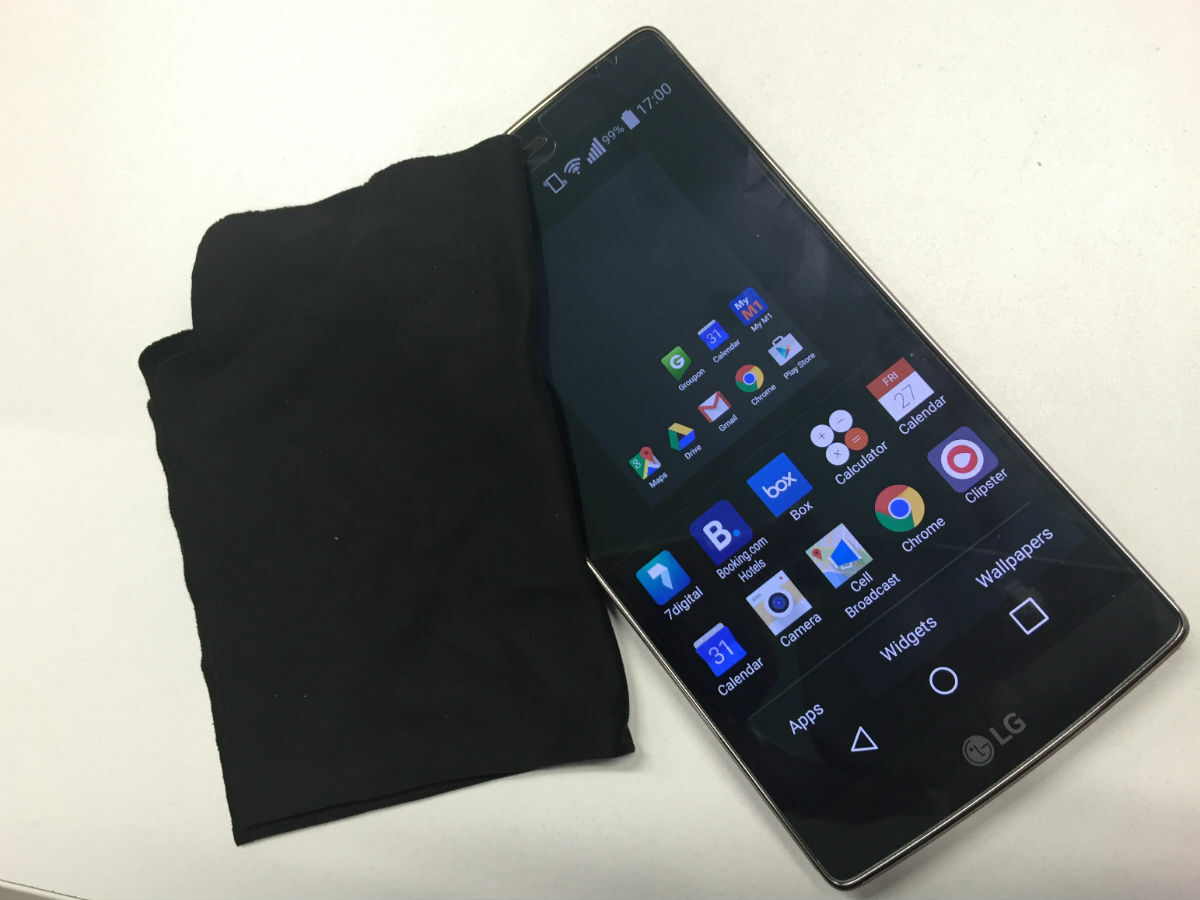
If you have the usual fingerprint smudges on your phone, gently wipe them away with a dry microfibre cloth. If the stain proves to be more stubborn (we don’t want to know how that got there), wipe it off with a damp microfibre cloth. But before you do, remove the battery from your phone if it’s removable – just in case the water causes it to short circuit. This won’t be necessary if the phone is waterproof, of course.
Another very important point to note – never use any cleaning liquids on your phone. Certain screens can be covered in special coatings that could be damaged by the chemicals in the cleaning solution you’re using.
RELATED › The A-Z of the iPhone 6 and 6 Plus

